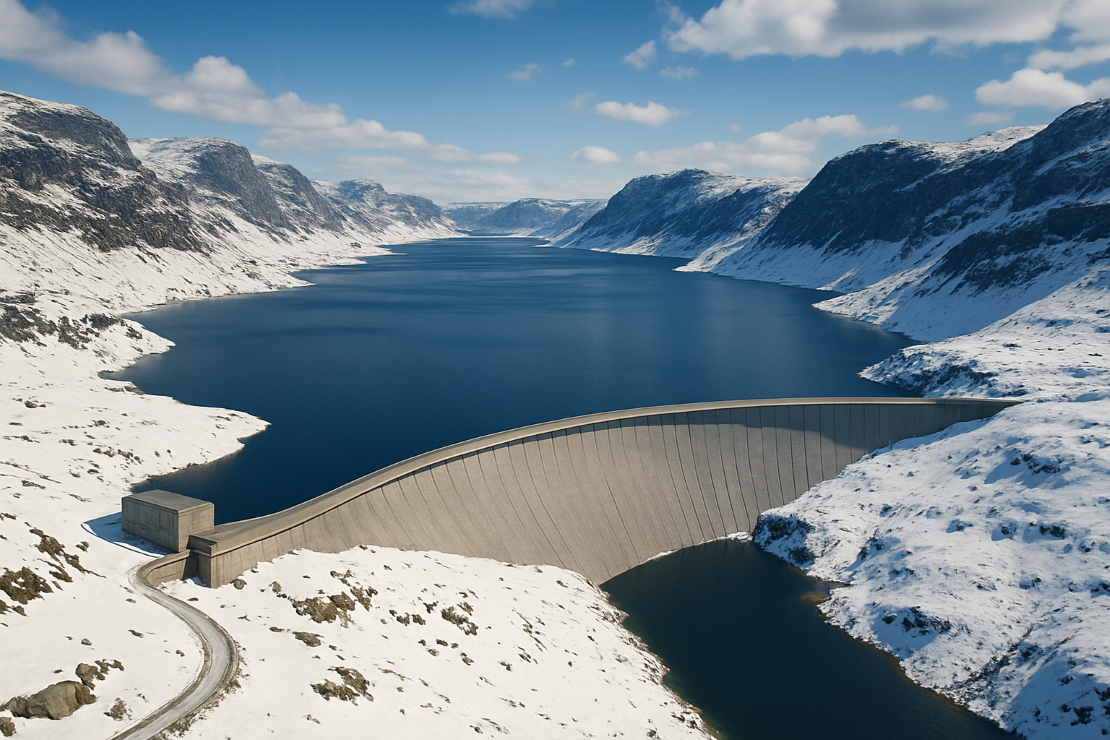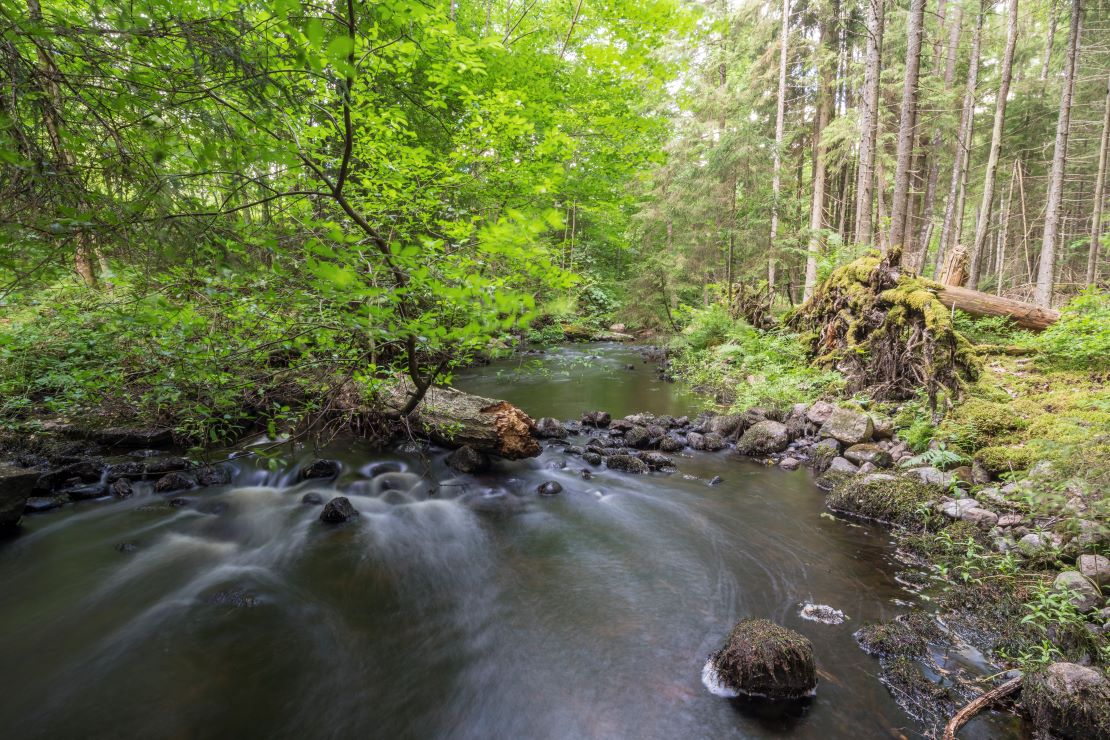Space tech to help measure water stored as snow in hydropower basins

In colder climates, more than 50% of the water used for hydropower production can be stored as snow during the winter. Estimating the Snow Water Equivalent (SWE) stored in this way is challenging, but it is crucial for hydropower producers to plan and optimise their energy production and resources.
Responding to this need, EDInsights developed an effective method using Earth Observation data to measure snow storage. Its accuracy and functionality have now been tested and fine-tuned with PowerEdge, a two-year pilot project with several hydropower producers in Norway, with the support of ESA’s Business Applications and Space Solutions (BASS) programme and the Norwegian Space Agency.
Electricity generation through hydropower is a highly valuable renewable energy source, thanks to its relatively low impact on the environment and its on-demand production capability.
In Nordic countries, a significant proportion of the water resource in hydropower basins is stored as snow through the winter. This creates a challenge for hydropower producers, as measuring snow storage is technically very difficult and expensive, as well as often not very accurate. Yet, as this snow is the supply of water available for future energy production, it is crucial to be able to measure SWE as effectively as possible to help manage risks of flooding and drought, and for power price forecasting and analysis.
By using satellite L-band radar measurements, PowerEdge showed that it is possible to retrieve physical measurements of the snow storage in an entire hydropower basin, at a specific point in time. No physical presence in the basin is needed and updates can be made multiple times a year.
The results and experiences from the PowerEdge project also confirmed that there is a need and a market for accurate snow storage measurements due to not only the challenges with physical snow measurements, but also those involving modelling of SWE using temperature and precipitation data.
“The ESA BASS programme has provided substantial value not only for our company but the entire hydropower industry in Norway and Sweden,” said EDInsights CEO Frano Cetinic. “It has helped us to operationally demonstrate that we can by use of space data efficiently provide snow storage data for 30+ basins. The ESA BASS programme has also enabled collaboration and knowledge sharing between hydropower producers.”
"PowerEdge exemplifies the significant value of utilising space assets to address complex challenges within the hydro energy sector" said Davide Coppola, Head of Space Applications Initiatives at the European Space Agency. “This project demonstrates the effective use of satellite data to enhance the efficiency and accuracy of hydropower producers' planning processes”.
“Utilising clean renewable energy is a priority for Norway, and we are excited to have supported the development of space-based services such as PowerEdge from EDInsights AS through the ESA BASS programme”, states Rune Sandbakken, Head of Satellite Communications at Norwegian Space Agency. “Innovative solutions are necessary to secure reliable access to clean energy moving forward, as well as managing risks of flooding and drought, with increasing challenges due to climate changes. PowerEdge is a clear example of the value satellite data and information brings to society, and how it helps us solve important issues, be it in Norway or other countries.”
The satellite SWE product has now been successfully commercialised to more hydropower producers, with a five-fold increase in the hydropower basins covered in the 2024/5 snow season and across the mountainous regions in Northern Sweden and Southern Norway.





